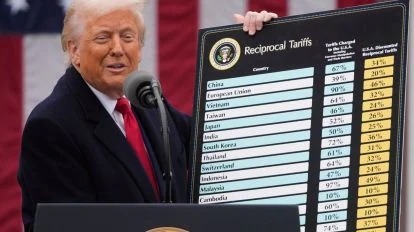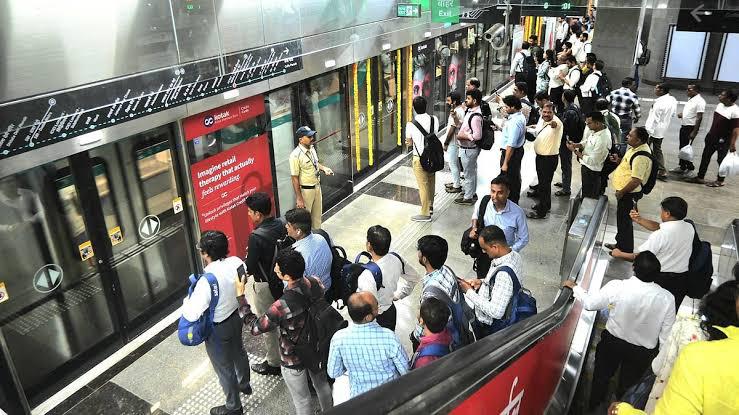In a dramatic announcement from the White House Rose Garden, U.S. President Donald Trump declared April 2 as "Liberation Day," unveiling sweeping reciprocal tariffs on imports from over 180 nations. The tariffs, ranging from a baseline 10% to a staggering 50%, aim to counter what Trump calls "unfair trade practices" by America's trading partners. Here's a breakdown of the key countries and their respective tariff percentages:
China: 34% Tariff
China faces a 34% tariff, reflecting its status as the largest trade surplus holder with the U.S. This move targets industries like electronics and machinery.
European Union: 20% Tariff
The EU will be charged a 20% tariff, impacting sectors such as automotive and luxury goods.
Vietnam: 46% Tariff
Vietnam faces a steep 46% tariff, targeting its dominant exports like textiles, footwear, and furniture.
Taiwan: 32% Tariff
A 32% tariff on Taiwanese goods could disrupt the semiconductor supply chain, a critical sector for global technology.
Japan: 24% Tariff
Japan's new tariff rate of 24% focuses on automotive products and electronics.
India: 26% Tariff
India will be charged a 26% tariff, with agriculture and textiles expected to feel the most significant impact.
South Korea: 25% Tariff
South Korea faces a 25% tariff, affecting electronics and steel exports to the U.S.
Thailand: 36% Tariff
Thailand's new rate of 36% targets textiles and tourism-related goods.
Cambodia: 49% Tariff
Cambodia faces the highest rate at 49%, primarily impacting its garment exports.
South Africa: 30% Tariff
South Africa's tariff is set at 30%, affecting its trade in precious metals and minerals.
United Kingdom: Baseline 10% Tariff
The UK will face the standard baseline tariff of 10%, reflecting its relatively balanced trade relationship with the U.S.
Brazil, Singapore, Chile, Australia: Baseline 10% Tariff
These nations will also face the baseline rate of 10%, signaling minimal disruption due to their low tariffs on U.S. goods.
Bangladesh: 37% Tariff
Bangladesh will see a 37% tariff, targeting its textile exports heavily reliant on U.S. markets.
Sri Lanka: 44% Tariff
Sri Lanka is hit with a hefty 44% tariff, impacting its apparel and tea exports.
Pakistan: 29% Tariff
Pakistan's new rate of 29% could affect its textile and agricultural exports to the U.S.
Trump's Vision for Economic Independence
In his speech, Trump heralded this step as America's "declaration of economic independence" and promised to increase domestic output by evening out the playing field. He dispelled fears regarding inflation or even recession threats with, "Reciprocal. That means they do it to us, we do it to them. Very simple."
Tariffs will have immediate effect on most products, and automobile-linked duties will unfold from April 3.
This bold initiative has sent shockwaves through global markets, with analysts predicting significant disruptions in supply chains and potential retaliatory measures from affected nations. As Trump aims to "Make America Wealthy Again," the world braces for an era of recalibrated trade dynamics..
Sources: Economic Times, Business Standard, Forbes








